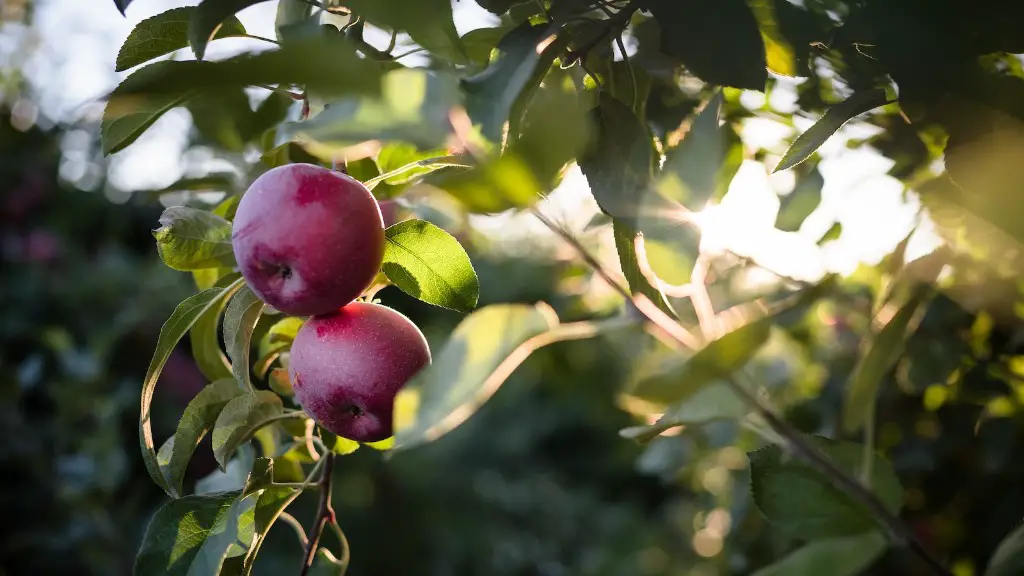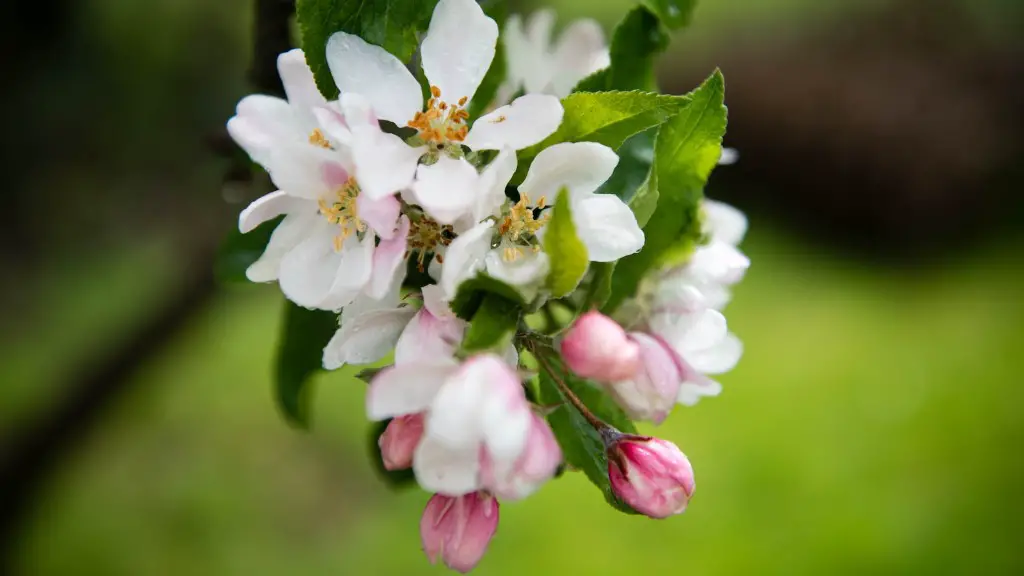Lemon trees need a certain amount of sun exposure to stay healthy, and the answer to how much sun they need can vary depending on the particular tree. Lemon trees require between 6-12 hours of direct sunlight a day, though optimal exposure to sunlight can range anywhere from 8-10 hours verses trees that may require less, such as some shade-tolerant citrus varieties. It’s also important to note that your lemon tree may need more sun when it is younger than when it is older.
The amount of sun that a lemon tree can get is also dependent on your climate. In cooler climates and regions, lemon trees require more sun for their photosynthesis process, whereas in warmer climates, lemon trees may need some protection from the direct sunlight to stay healthy. Additionally, if you are growing the tree indoors, you’ll need to make sure that it’s placed near an ample source of sunlight.
It’s important to monitor your lemon tree’s exposure to sunlight, as too much sun can be too extreme and burn the leaves, while too little can result in yellowing of leaves or potential stunted growth. When planning where to place your lemon tree outdoors, make sure it is receiving maximum sunlight during the day, but also make sure that when the sun sets it isn’t directly exposed anymore.
Another factor that comes into play when deciding how much sun is enough for your lemon tree is the amount of humidity. Higher humidity levels will require more shade and less sun – so locations with greater humidity, such as coastal regions, may require a bit less direct sunlight.
Therefore, when it comes to growing lemon trees, the key is finding the correct balance for your particular tree and climate. Lemon trees need sunlight to stay healthy, but too much sun can always be damaging; as such, aim for a perfect balance between enough sun to keep them healthy and happy, but not too much sun to harm them.
Additional Factors
Other factors also come into play when it comes to deciding how much sun a lemon tree needs. Firstly, different varieties of lemon trees will require different amounts of sunlight. While most lemon trees need a minimum of 8-10 hours of direct sunlight per day, some varieties may be able to get away with 6 or 7 hours. Furthermore, the seasonal changes in the sun’s angle and intensity can have a drastic effect on how much sunlight your lemon tree needs.
It is also important to note that other factors such as the soil type, moisture levels, shade, wind, frost, and even nearby trees can affect the amount of sunlight an individual tree receives. As such, it is important to keep an eye on your lemon tree’s exposure to sunlight, and adjust its positioning and protection as needed.
When trying to decide how much sun your lemon tree needs, the most significant factor is its local climate. Depending on the type of climate, some lemon trees may need more shade or increased protection during certain times of the year. Also, if you live in a colder climate, your lemon tree may require more sun than if you were in a warmer climate. Therefore, it is important to understand the local climate and adjust the amount of exposure your lemon tree receives as needed.
Soil Conditions
The next factor to consider is the soil of your lemon tree. Different soil conditions have an effect on the amount of sunlight exposure your lemon tree needs. If your soil is already dry, then you may need to give it less sun than if the soil is wet and moist. Additionally, if you are growing your lemon tree in a soil that already contains a good amount of nutrients, then it will require less sun exposure than a lemon tree grown in nutrient-deficient soil. It’s also important to ensure that the soil is always adequately draining, and not overly moist, as too much water can lead to root deterioration and even root rot.
When selecting the right soil for your lemon tree, it is important to make sure that the soil is well aerated and has a good amount of organic content. This will help the tree get the nutrients it needs while allowing the roots to breathe. Additionally, make sure that the soil is slightly acidic and fertilized as needed; this will also help the tree absorb the sun’s rays, giving it the necessary nourishment and energy.
Last but not least, when taking into account the soil conditions of your lemon tree, you should also ensure that adequate drainage is provided. This will help ensure that the soil does not become overly damp and does not restrict the tree’s access to sunlight. Additionally, try to plant your lemon tree in an area that has access to some morning sun; this will help ensure that your tree can absorb all the nutrients from the morning’s first rays.
Protection from Fungus
Lastly, when growing lemon trees in sunny conditions, it is important to ensure that your tree is protected from fungus. Fungus and other pests can quickly spread on plants with too much sun exposure, and if left unchecked, can cause irreversible damage to your tree. As such, taking some precautions such as creating a wind break to reduce the intensity of the sun’s rays, adding mulch, and spraying the tree regularly with fungicide can help protect your tree.
Moreover, you should pay close attention to the potential signs of fungus. Signs to look out for include yellowing or wilted leaves, brown spots, or patches of discoloration on the leaves. If you do notice any of these signs, it’s important to act quickly as traditional fungicides can help lessen the damage caused by fungus.
Lastly, when protecting your lemon tree from fungus, you should also make sure that the area surrounding your tree is free of any materials (such as fallen leaves or grass) that could quickly become a breeding ground for fungus or pests. Regularly check for signs of pests and ensure that the tree has a healthy amount of sunlight and enough breathable air to reduce the chances of fungus attacking the tree.
Water Requirements
In addition to knowing how much sun your lemon tree needs, it is also important to understand its water requirements. An adequate amount of water is essential for the health of your lemon tree, as it helps with nutrient absorption and ensures that the tree can remain healthy and dense. Additionally, it’s important to make sure that your lemon tree is watered regularly, as this helps reduce stress on the tree and keeps it free of disease or pests.
Moreover, it is important to keep in mind that different climates may have different water requirements for lemon trees. In hotter climates, it may be necessary to water the tree more frequently, whereas in cooler climates, the tree may need to be watered less often. Additionally, during periods of drought, you may need to adjust your watering schedule to ensure that the tree is getting enough water.
Furthermore, when it comes to watering your lemon tree, it’s important to remember that the amount and frequency of watering can vary depending on the age of the tree. Young trees typically require more frequent watering than mature trees, as their roots are still developing. It is also important to water during the right time of day and in the right amounts. Watering the tree during cooler times of day helps minimize moisture loss and reduce the chances of damaging the tree with too much heat.
Lastly, it is essential to avoid overwatering your lemon tree, as this can lead to root rot or other diseases. Monitor the soil moisture of your tree, and water only when the soil is dry; this will ensure that the tree is getting a healthy balance of moisture and sun.



